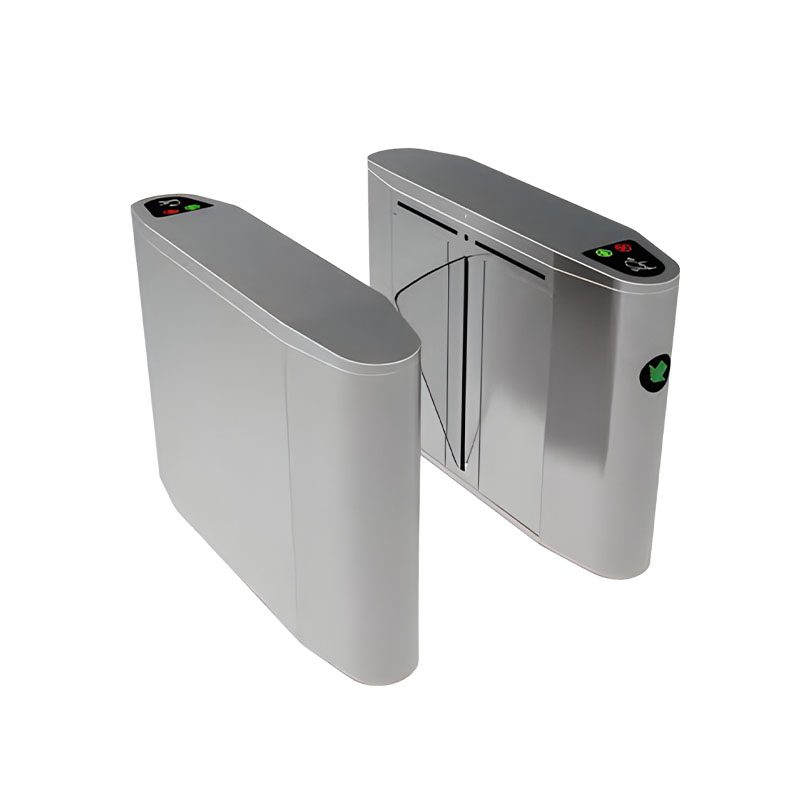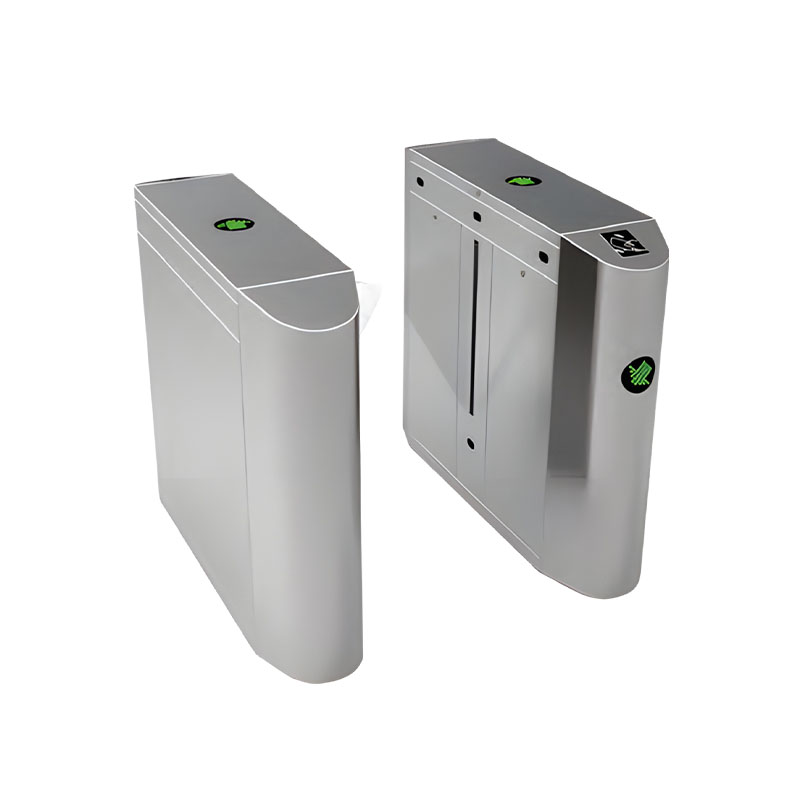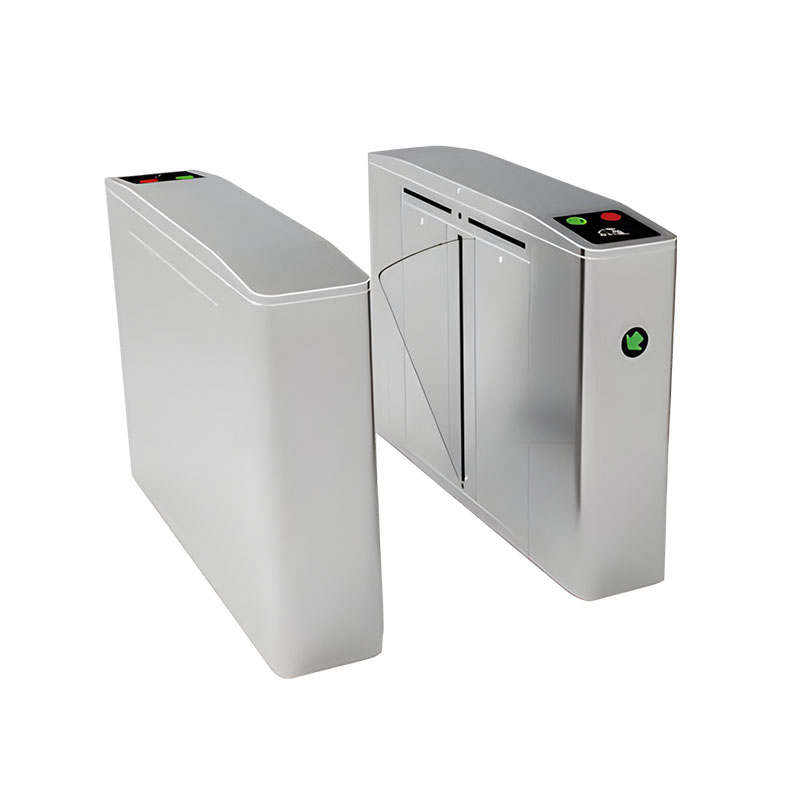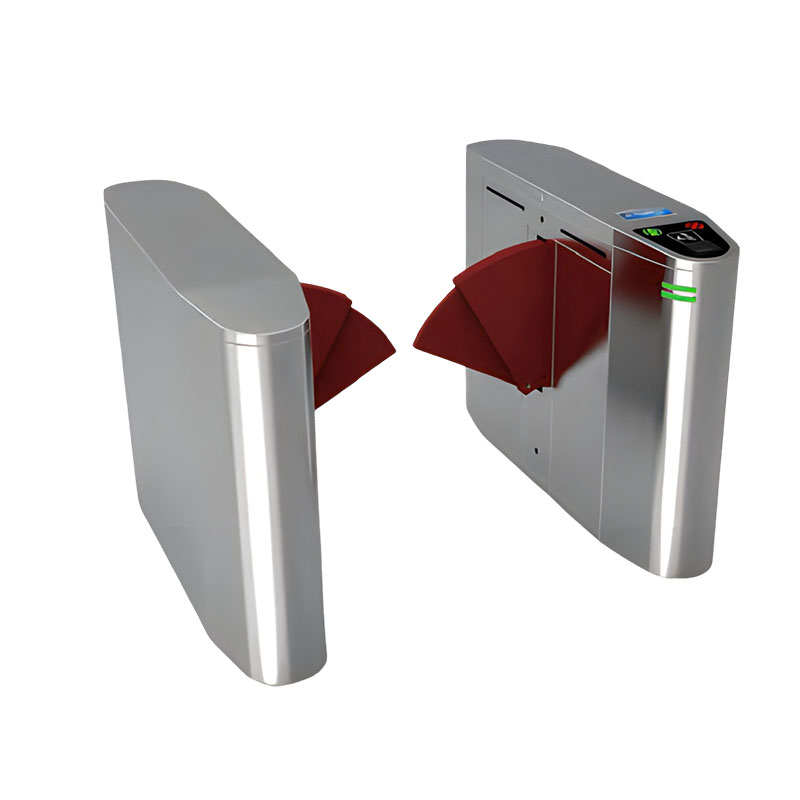Can the automatic closing function of a pedestrian access gate improve the efficiency and safety of entrances and exits?
Release Time : 2025-08-14
Pedestrian access gates are key nodes in the flow of people, and their user experience and safety directly impact the overall operational efficiency of the environment. Automatic closing, a key design feature of modern pedestrian access gates, significantly improves access efficiency and safety through its intelligent operation mechanism, providing reliable support for pedestrian flow in various scenarios.
Automatic closing improves access efficiency by optimizing the passage process. Traditional manual closing gates require active operation by pedestrians, which can lead to forgetfulness or delays in closing the gate, hindering the passage of subsequent passengers. Pedestrian access gates with automatic closing automatically close according to a pre-set program after a pedestrian passes, eliminating the need for manual intervention. This automated operation reduces the time and effort of manual operation, especially in crowded public places. It avoids congestion caused by slow closing, ensuring smoother and more orderly flow of people, and significantly increasing the number of people passing through per unit time.
In terms of safety, the automatic closing function effectively mitigates risks by promptly closing the gate. In places like shopping malls and office buildings, pedestrian access gates must provide both access and isolation. If they remain open for extended periods, they can allow in outside dust and noise, or even pose a safety hazard in certain circumstances. The automatic closing function ensures that the gate quickly closes after a pedestrian passes through, creating an effective physical barrier that not only blocks external interference but also limits the spread of risks in emergencies such as fires and odors, providing essential safety for the indoor environment.
The automatic closing function's slow-closing design balances access efficiency and safety. High-quality pedestrian access gates' automatic closing systems utilize a staged speed control system, initially responding quickly to the closing action after opening, then slowing down as the gate nears its closing point. This design ensures efficient closing, preventing prolonged door openings that could disrupt access, while also preventing collisions caused by excessively fast closing speeds. This is particularly beneficial for slower-moving individuals like the elderly and children, reducing accidental injuries from impacts.
Intelligent sensing combined with the automatic closing function further optimizes the access experience. Modern pedestrian access gates often combine automatic closing with infrared and microwave sensing technologies. They automatically open when a pedestrian approaches and then automatically close after a few seconds. This contactless access method reduces physical contact between people and the gate, improving access convenience while reducing the risk of cross-transmission of germs. It is particularly useful in places with high hygiene requirements, such as hospitals and schools.
The stable operation of the automatic closing function enhances the reliability of pedestrian access gates. High-quality pedestrian access gates are equipped with an automatic closing system that has undergone rigorous testing and features anti-interference capabilities and fault self-diagnosis, ensuring stable performance despite frequent use. Even in emergencies such as power outages, a backup mechanism ensures manual operation of the gate, preventing passage blockages caused by functional failures and ensuring safe passage in all conditions.
Customizable closing parameters for different scenarios enhance functional adaptability. The automatic closing function can adjust parameters such as closing speed and delay time based on location requirements: a shorter delay time can be set for crowded subway stations to speed up traffic flow; a slower speed can be set for hospital wards to facilitate patient access. This flexible adaptability allows the automatic closing function to achieve optimal results in a variety of environments, meeting efficiency requirements while also ensuring safety for individuals with special needs.
Over the long term, the automatic closing function reduces wear and tear on the door caused by manual operation, extending the lifespan of the pedestrian access gate. Traditional manual closing can easily damage the door and hinges due to improper force. The automatic closing system's uniform and stable operation reduces mechanical wear and reduces maintenance costs. Furthermore, the timely closing of the door reduces the erosion of internal components by dust and rain, thus ensuring the long-term safe and stable operation of the pedestrian access gate in many ways.







